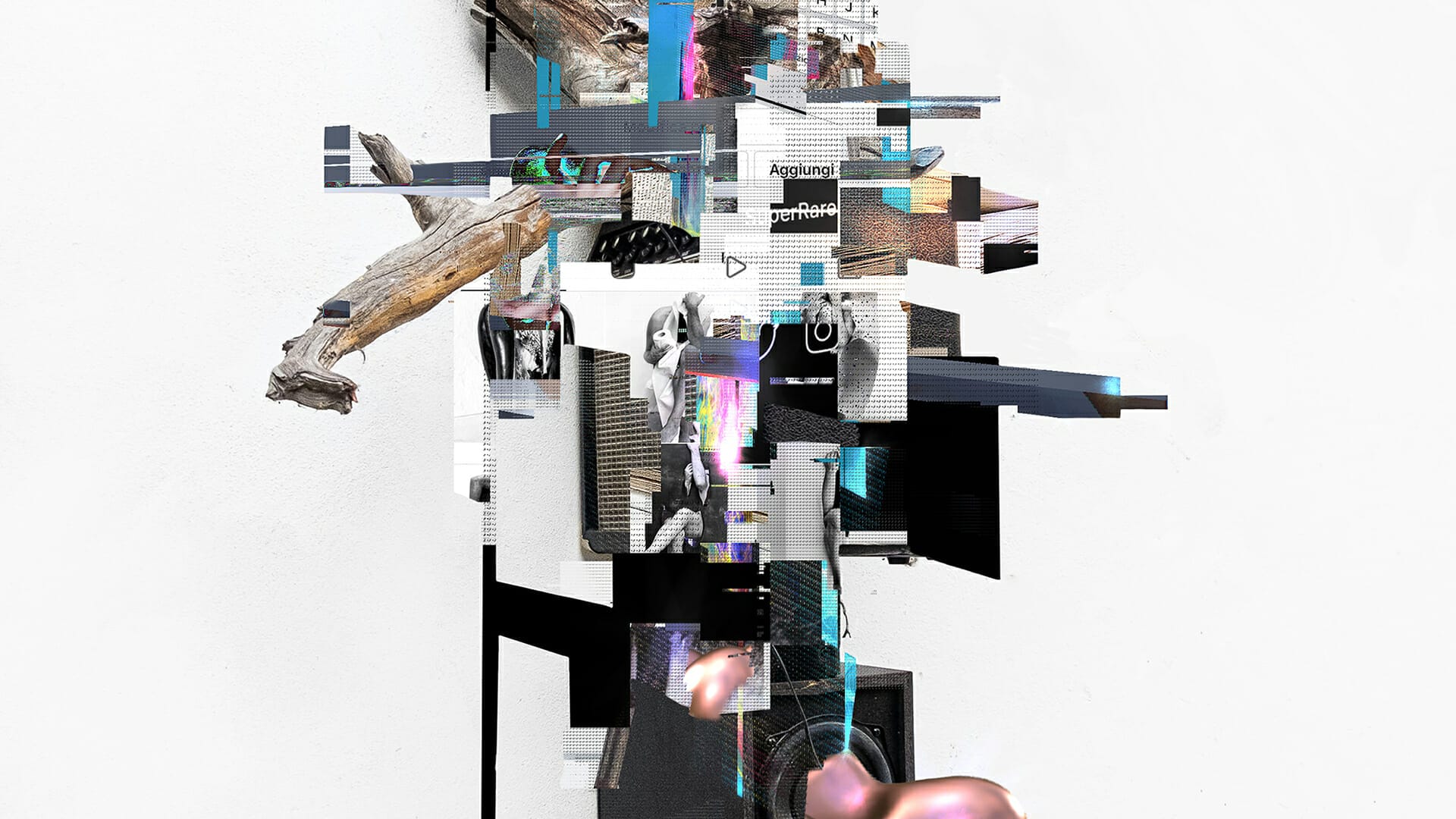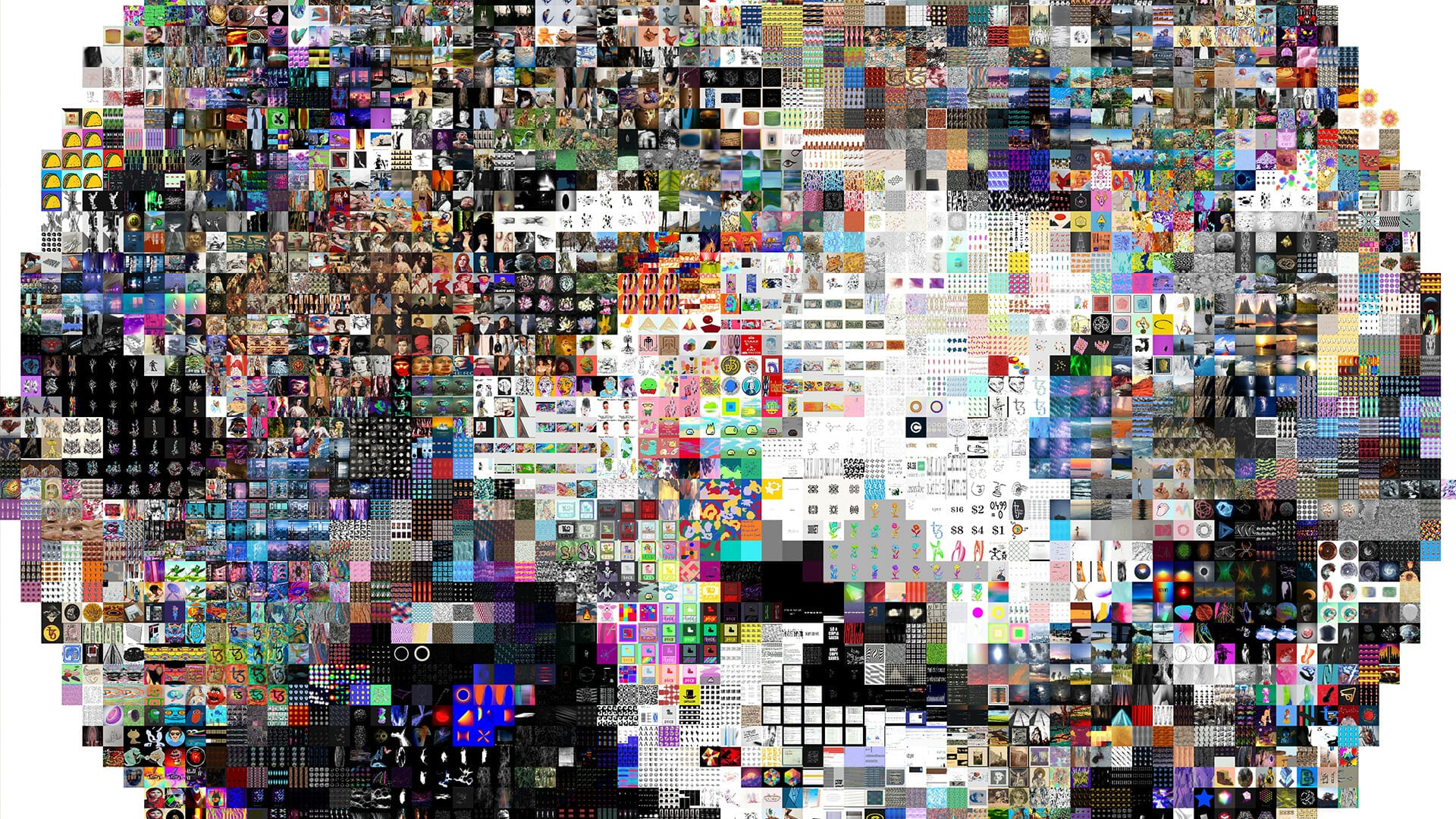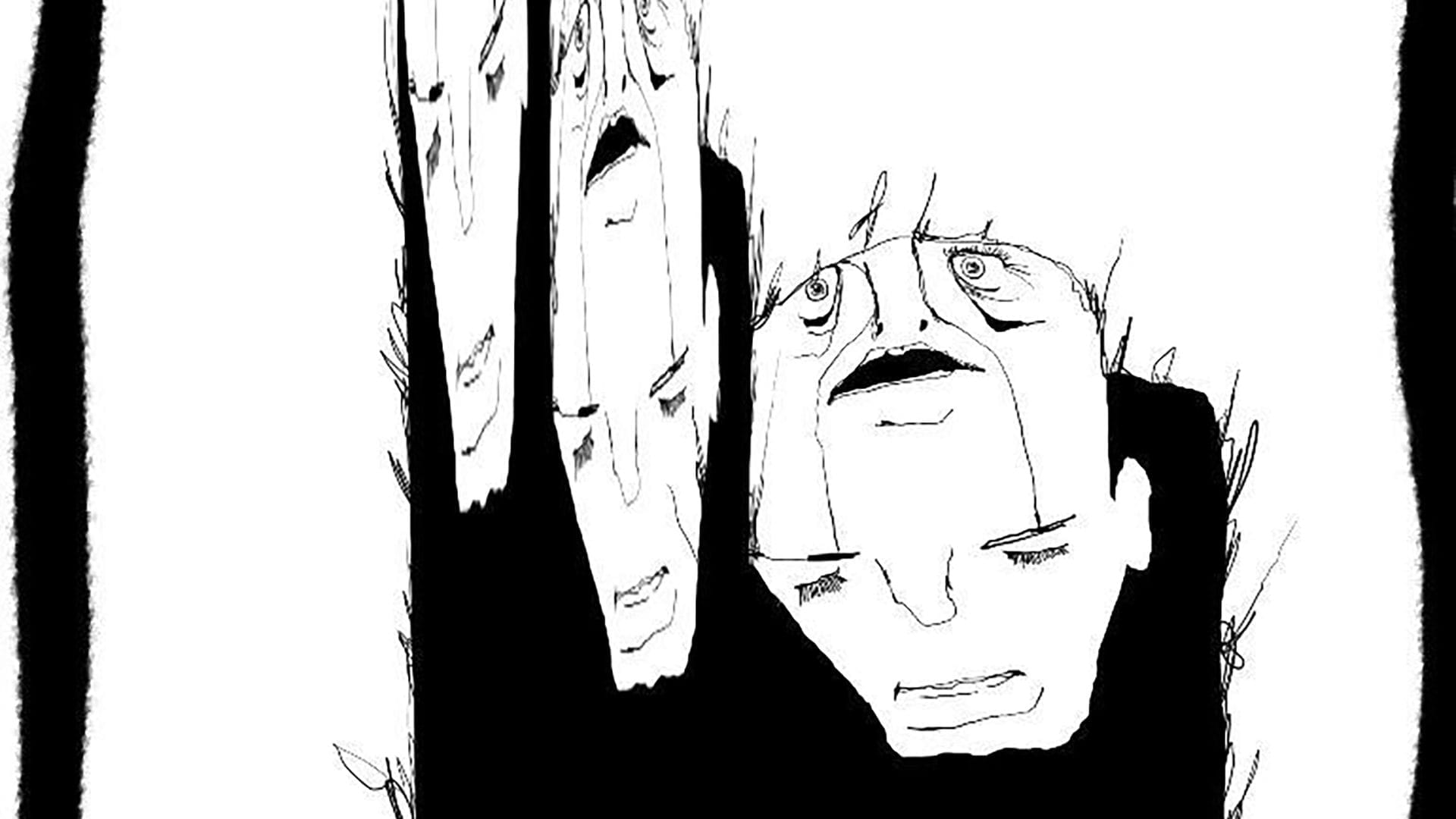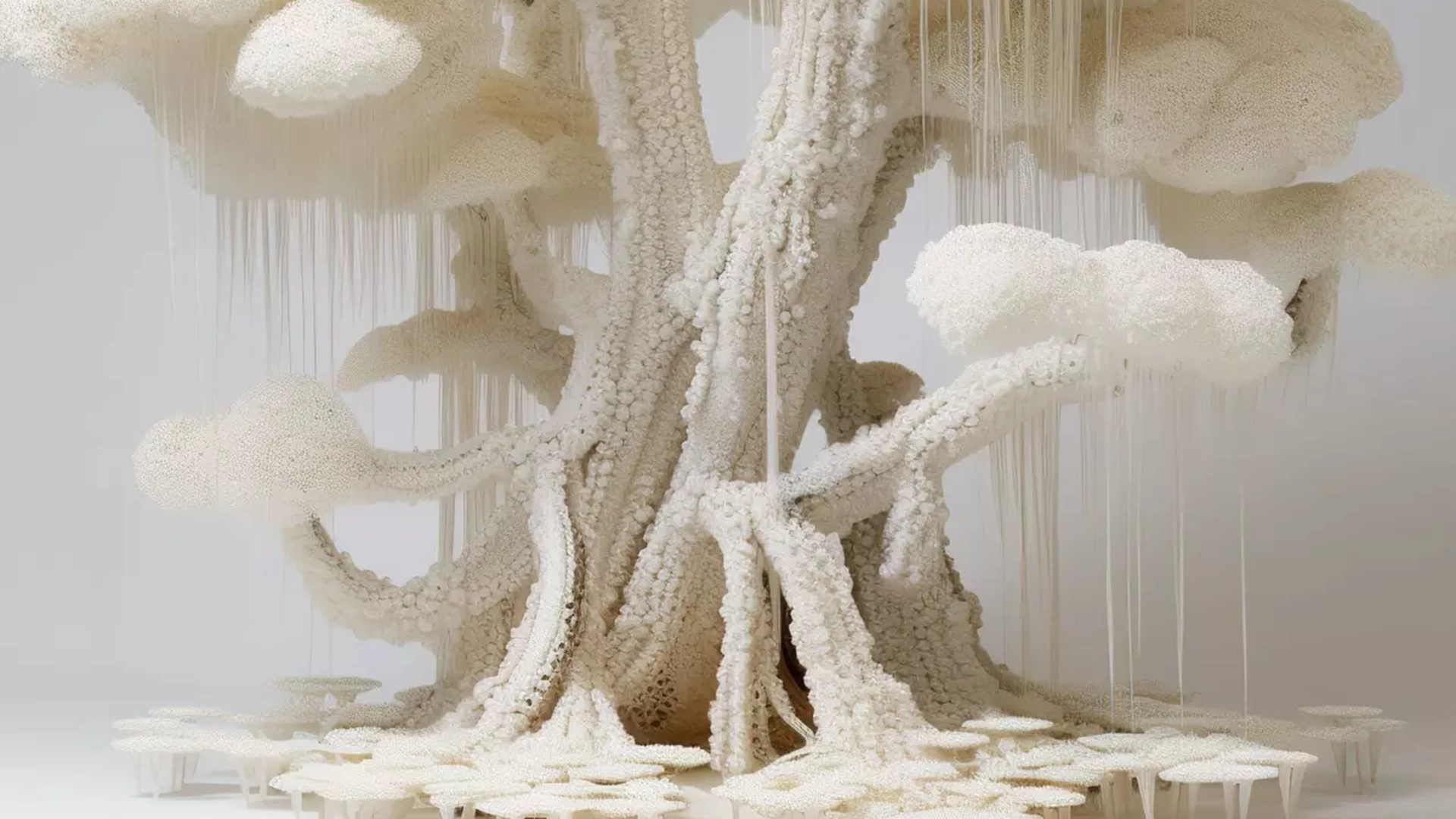
Scerbo: Potentiality and Perception
Scerbo ‘s Artistic Evolution Through Mediums of Expression and Deconstruction
Scerbo ‘s journey towards artistic expression is a vibrant blend of experimentation and exploration, a quest that has seen him engage with drawing, painting, abstract sculpture, and video.
However, it was in 2019 that he found his most intimate mode of expression – photography and digital painting. These mediums empowered Scerbo to imbue abstract, indeterminate, and existential conditions of life with a sense of the concrete and immediate, resulting in the creation of his first SuperRare work in 2022, “Photogravity“.
Today, his practice heavily relies on his intuitive connection to imagery: striving for a perceptual dissociation that separates seeing from knowing, he transmutes photography into abstract painting.
Because of this, Scerbo ‘s works are striking in their precariousness, conveying a sense of ephemerality that neither denotes absence nor lack, but rather alludes to our desire to make our creations finite, defining them instead of granting them the eternity we ourselves cannot attain.
In essence his art creates a dialogue between the everyday and the exceptional, aiming to disrupt, question, and ultimately, reevaluate our understanding of existence.

The Relativistic Nature of Reality & Power of Potentiality
Within every work Scerbo creates, lies an intrinsic connection between his philosophical studies and his work. Rather than adhering strictly to a particular school of thought, he strives to eliminate the reliance on referential paradigms in knowledge dynamics. This approach allows him to view reality detached from general or universal cognitive categories, reflecting the relativistic nature of reality in relation to everything around.
In most cases, there is a dialogue between industrial objects and natural elements, an interplay between the organic and inorganic, the living and the inert, that hint at the connection between life and death — from this duality Scerbo seeks to discern the underlying materiality that sustains both in the here and now, beyond our cognitive categories.
But more than anything, Scerbo ‘s work exhibits an inherent potentiality, a sense of the “could be,” creating a balance between the present and the future as every piece exists in this state of potentiality, serving as a testament to his ongoing exploration of the relationship between potential and manifest.
Similarly to his philosophical studies, his background in programming also greatly influences his work: his technical precision and systematic approach mirror the underlying principles of programming, which require the same level of meticulousness and understanding of intricate relationships.
Each of his creations reflects the unpredictable yet bound nature of existence through structured chaos — an inherent dichotomy that speaks to the interplay between control and freedom, embodying the paradoxical dynamics that define our reality.
However despite the philosophical underpinning and profound exploration of existential themes, it is important to note how Scerbo’s work also possesses an element of playfulness. While his pieces encourage introspection, they also evoke a sense of wonder, much like a child exploring an unfamiliar landscape, demonstrating Scerbo’s belief that art can be a tool to explore, discover, and ultimately understand.

Art as An Invitation to Metaphysical Dialogue
Our exploration of Scerbo ‘s body of work reveals the common thread of his questioning of established perceptions and his relentless pursuit of truth, a truth that is often multifaceted, mutable, and deeply personal.
As he leverages digital mediums to reach this truth, he is able to redefine the boundaries of what is possible in visual art, blurring further the lines between the tangible and digital. As such, his work ultimately serves as a bridge between worlds, offering a perspective that spans the domains of philosophy, photography, programming, and art while casting a reflective lens on the human condition.
In conclusion, Scerbo’s work extends an invitation for dialogue – a conversation that surpasses the conventional limits of canvas-bound expression and ventures into the metaphysical domain.
As every piece invites us to reflect on the beauty of uncertainty, they also ignite a process of questioning and contemplation to examine our very own perceptions of existence.
By doing so, Scerbo reminds us that art is not just about creation, but most importantly, about the exploration of the self and the universe it inhabits.
fakewhale
Founded in 2021, Fakewhale advocates the digital art market's evolution. Viewing NFT technology as a container for art, and leveraging the expansive scope of digital culture, Fakewhale strives to shape a new ecosystem in which art and technology become the starting point, rather than the final destination.
You may also like

In conversation with Mario Klingemann/Quasimondo
In this episode of Fakewhale Live, host Jesse Draxler chats with Mario Klingemann, a Munich-based pi
17 – Duke Dasher Succumbs to Alcoholism
Washington D.C., Tilted Kilt Pub & Eatery, United States Dasher waited until the firing had stop
In Conversation with Studio Brasch
Introducing Studio Brasch Artist: Anders Brasch-Willumsen – Living in: Stockholm, Sweden Visit



